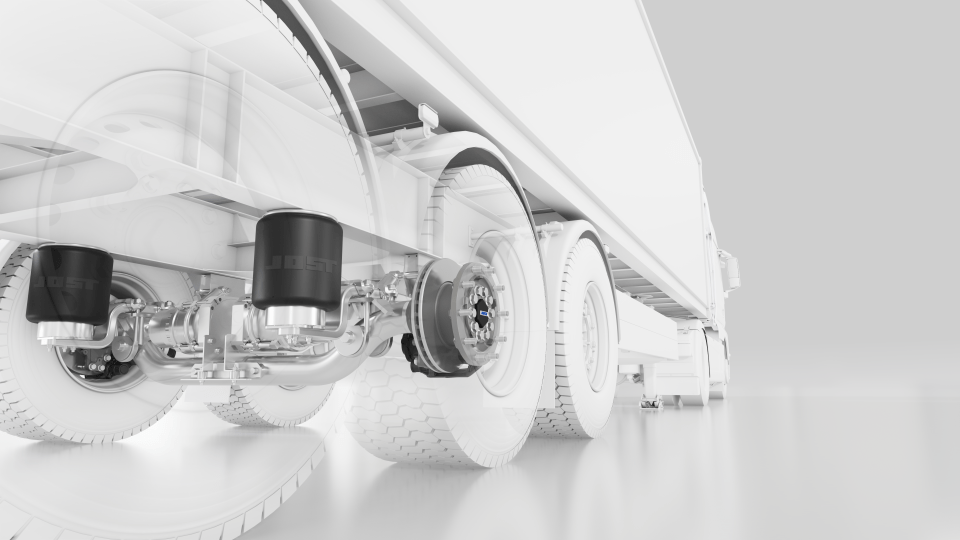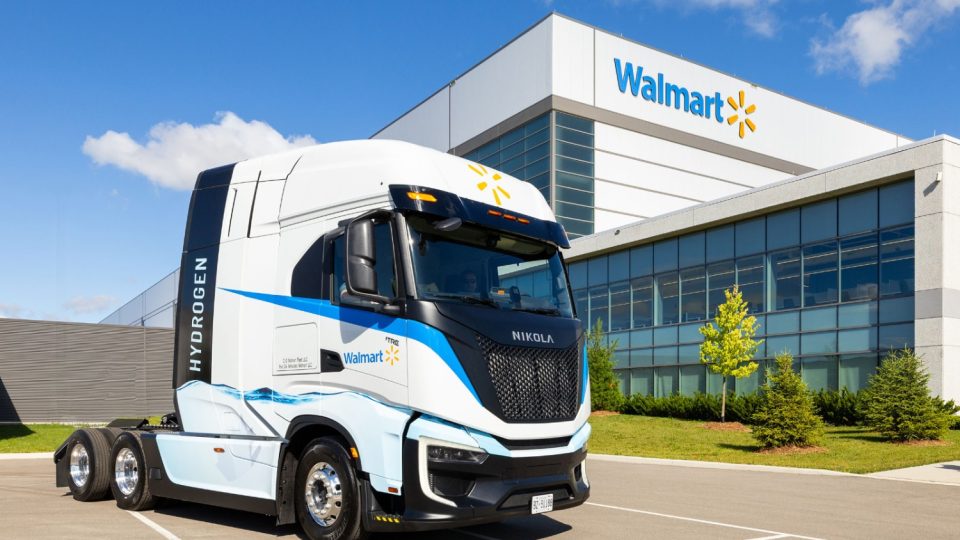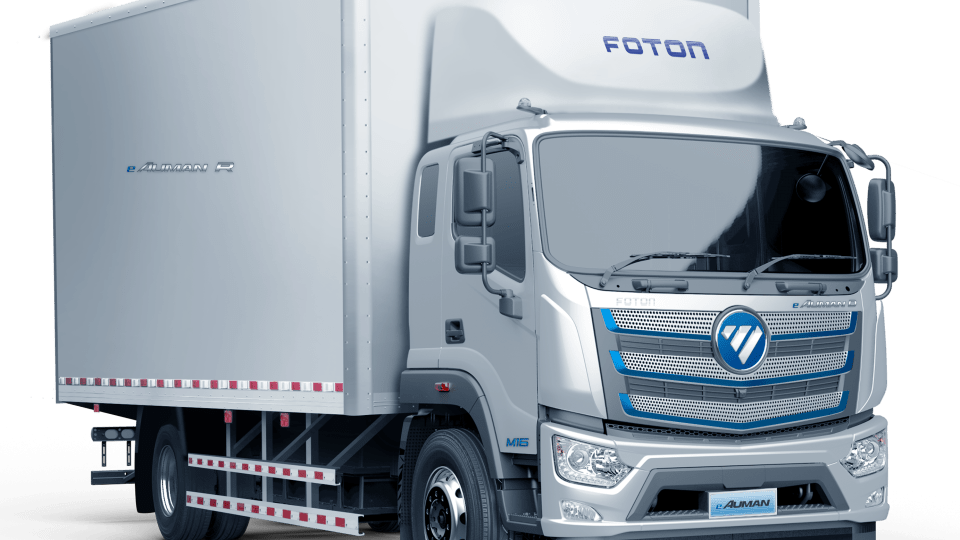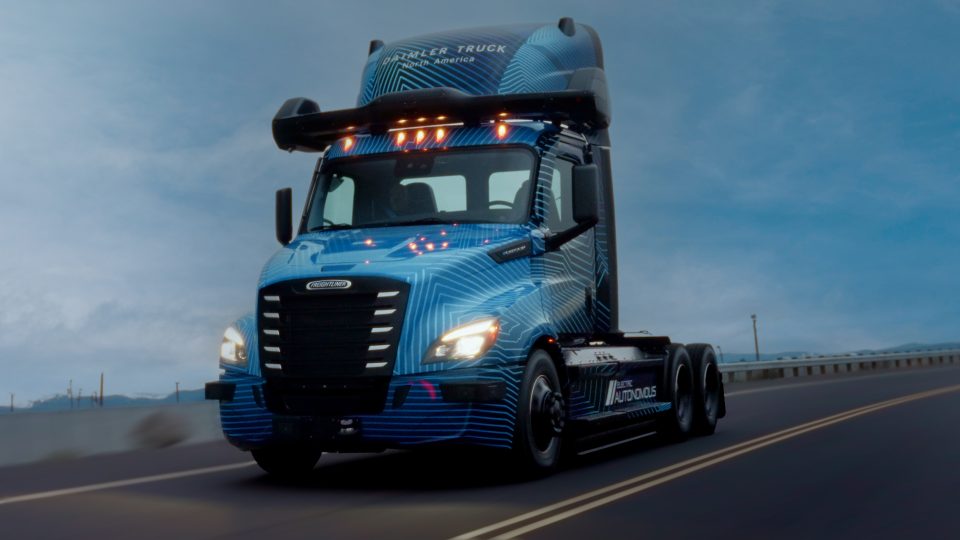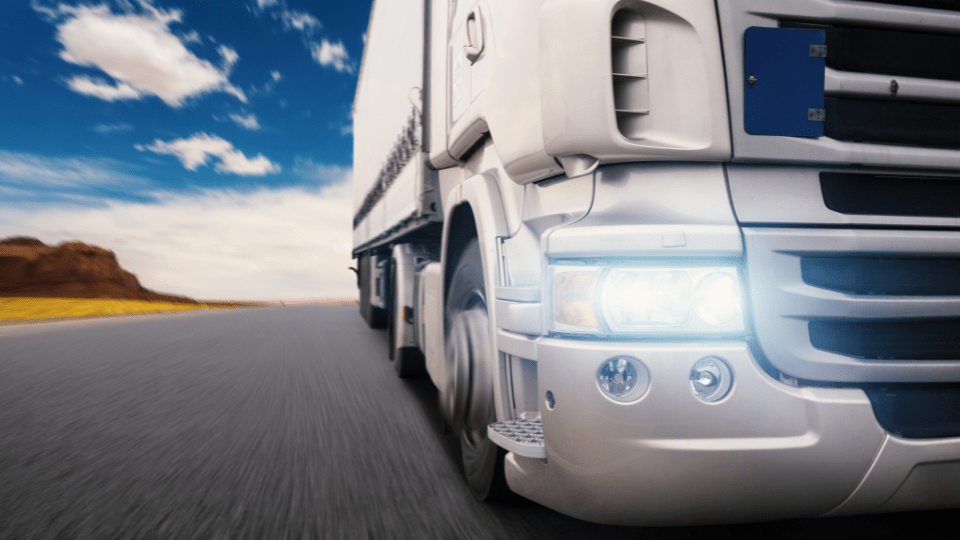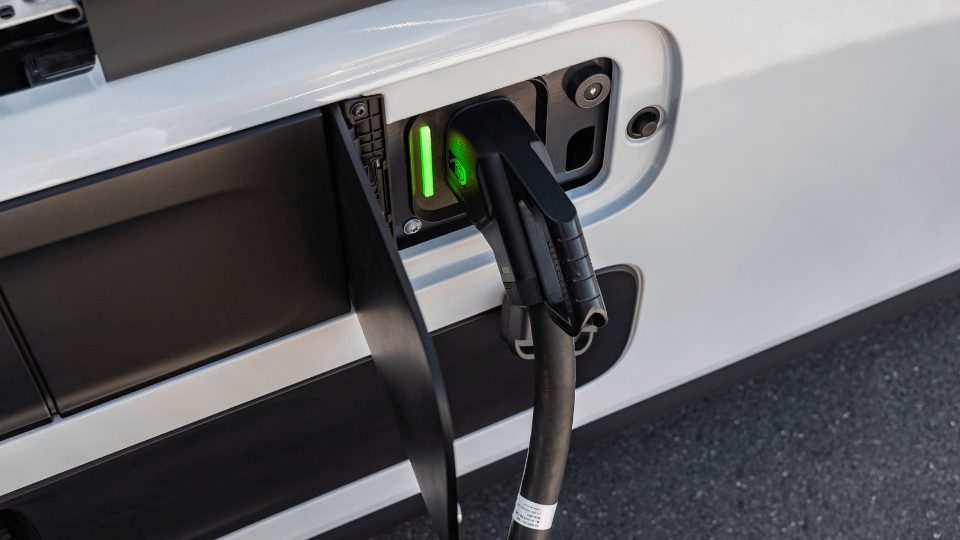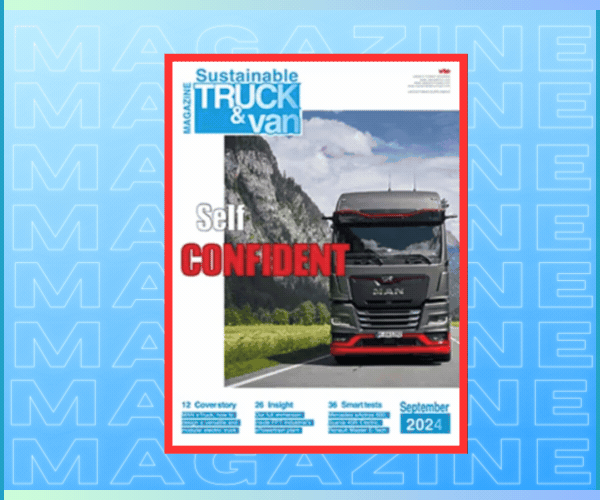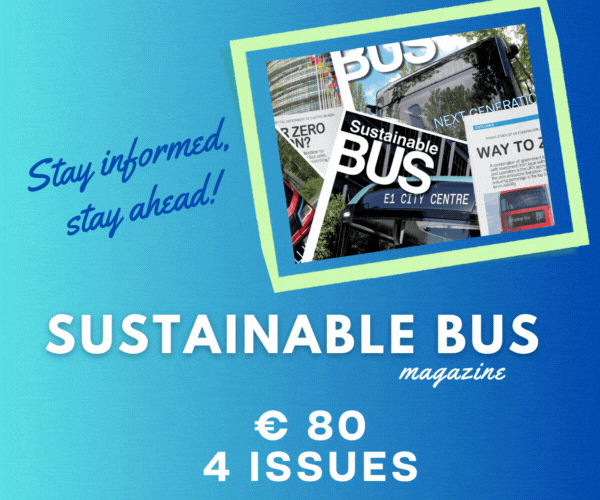Alternative fuels, EU institutions reach agreement on AFIR. Some key reactions, including ACEA
Article 6 of the regulation will mandate the construction of one gaseous hydrogen refuelling station (HRS) every 200 km on the TEN-T core network by the end of 2030, as well as one HRS in every urban node. According to Hydrogen Europe and ACEA, it's not enough to reach the proposed decarbonization targets.
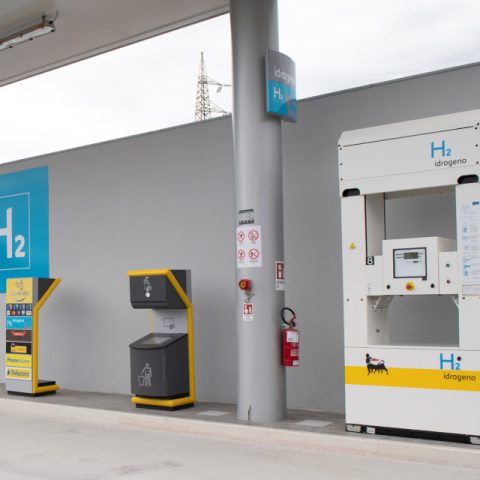
On March 27, EU institutions reached a deal on the Alternative Fuels Infrastructure Regulation (AFIR), which governs the EU-wide deployment of charging and refuelling stations for all vehicle segments. As reported by Hydrogen Europe, “Article 6 of the regulation will mandate the construction of one gaseous hydrogen refuelling station (HRS) every 200 km on the TEN-T core network by the end of 2030, as well as one HRS in every urban node. The stations will have a daily supply capacity of one ton of hydrogen for all modes of road transport. Member States must prepare an HRS deployment plan by 2027 that will satisfy the needs of hydrogen powered road mobility”.
Alternative fuels in the EU: Hydrogen Europe on the AFIR regulations
“We are happy to see a timely conclusion on this piece of legislation, 21 months after the proposal was tabled, despite it falling short of what we believe are the minimal industry needs,” said Darko Levicar, Director of Mobility at Hydrogen Europe. “European member states must establish a dense network of hydrogen refuelling and battery recharging infrastructure, and we believe that by the foreseen AFIR revision in 2026 there will be enough hydrogen cars, vans, buses and trucks on the roads to justify an increase in targets,” he added.
ACEA: it’s not enough…
On the other hand, ACEA acknowledges that the co-legislators have adjusted their respective positions to come to an agreement on AFIR. The outcome, however, remains well below what would be necessary to match the ambition levels set for vehicle manufacturers in terms of CO2 targets. “A significant ‘infrastructure gap’ will continue to limit CO2 reductions and the transition of our sector to climate neutrality,” cautioned ACEA Director General, Sigrid de Vries.
“Already today, a lack of charging and refuelling stations is severely hampering the market uptake of zero-emission vehicles. AFIR therefore has a crucial role to play as we make the shift to carbon-neutral transport”. According to ACEA, the short-term review for heavy-duty vehicles, now agreed by the co-legislators, will have to ensure that further adjustments will be made to address the specific requirements of trucks.
As regards heavy-duty vehicles, in order to meet the recently-proposed CO2 reduction levels (-45% by 2030), some 400,000 battery-electric and hydrogen-powered trucks (mainly long-haul) would have to be in operation on EU roads by the end of the decade. In addition, more than one third of all new trucks sold would have to be zero-emission (close to 100,000 trucks) every year from 2030. These vehicles would require more than 50,000 chargers suitable for heavy-duty vehicles, including some 35,000 megawatt chargers, as well as at least 700 hydrogen refuelling stations. With the state of charging and refuelling infrastructure today, even the current CO2 targets (-30% by 2030) are out of reach.




